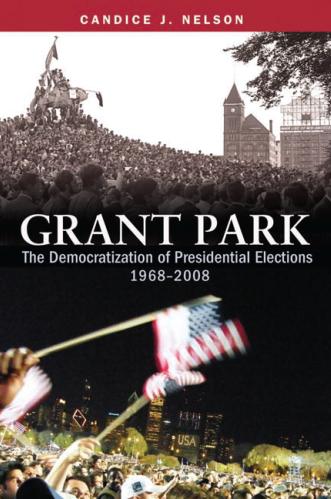An increasing trend in cities is the belief that growing an entrepreneurial culture is really nothing more than attracting millennials and that the number of start-ups can be observed by the number of T-shirt-clad guys (or gals, but usually guys) having coffee nearby. While there are a number of attributes associated with youth that are important to innovation and entrepreneurship—such as the willingness to take risks—creating a vibrant culture of new companies also requires local capital that’s willing and able to invest in entrepreneurs.
The lore of Silicon Valley (both the place and the TV show) is that the nation is flush with 25-year-old billionaires chomping at the bit to invest in technology start-ups. But in most places the distribution of savings skews toward those over the age of 55. Perhaps not surprisingly, the average savings for those in their 60s is 10 times higher than for those in their 20s.
This money isn’t stuffed under mattresses, but it’s often held in pension funds and other investment portfolios that are globally fluid and not necessarily focused on local entrepreneurism. But local capital is increasingly relevant for innovation districts because it represents an important source of finance for start-ups. According to the Global Entrepreneur Monitor, 82 percent of entrepreneurs rely on their own wealth or that of family and friends to fund their new businesses.
Cities and national governments should consider ways to unlock the local capital that currently resides among older adults. For example, recent reforms to the United Kingdom’s national pension program allow recipients to cash out their savings in a lump sum as opposed to the traditional annuity option. While there are obvious concerns about retirees making poor investment decisions, one potentially positive outcome is the growth in what the Financial Times calls “silver start-ups.” In the U.K., 6.5 percent of those over 65 started a business in 2014, a higher rate than for those under the age of 25. These older entrepreneurs have decades of work experience in their respective industries, capital, access to credit, and the ability to leverage professional networks. No wonder the Kauffman Foundation found that successful startups, defined as still operating after three years, tend to have founders over the age of 40.
Cities that are serious about building innovation districts need to consider where local capital can be deployed to foster an entrepreneurship culture. Rather than fixating on millennials and believing that older Americas fit in about as much as Robert De Niro’s character in The Intern, we should see older Americans as not only experienced but potentially flush with cash and seeking new careers as entrepreneurs.









Commentary
Unlocking local capital with “silver startups”
March 7, 2016